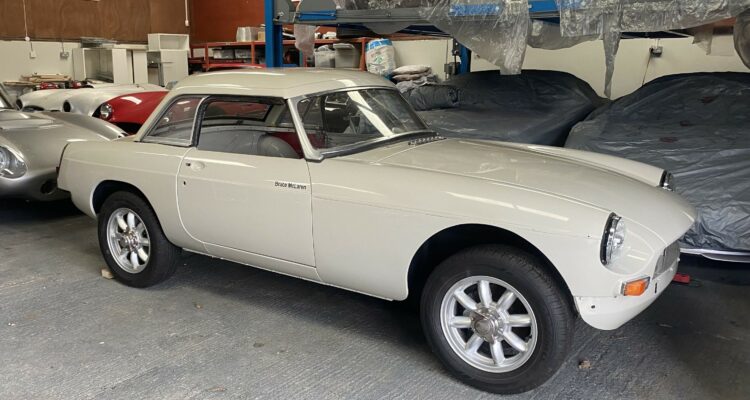Fifty Years of the Citroën GS
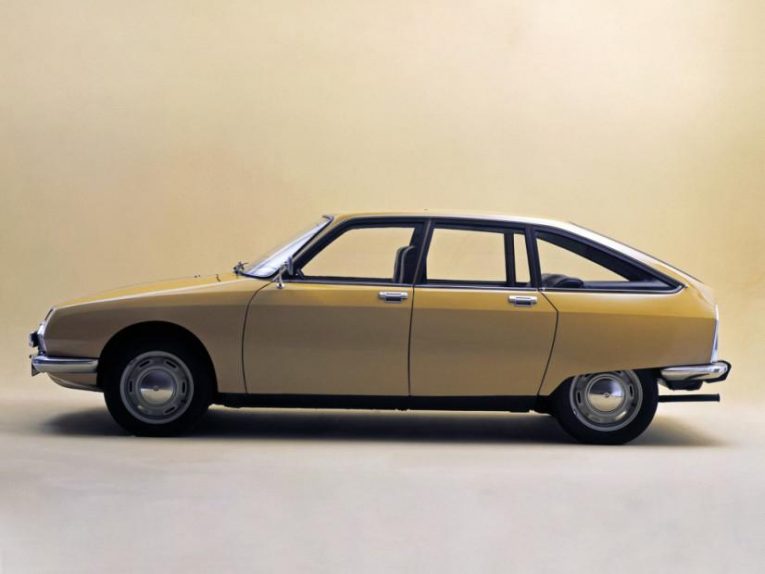
If you’ve been on our YouTube channel recently, you’ll have seen us dig out an old Jaguar that had been lying idle for some 45 years. And now you’re wondering what this has to do with a small, French saloon. Well, whilst digging the Jaguar up from the undergrowth, we stumbled upon a small, French saloon. Namely a GS. But not just any GS. It turns out that being a ‘cathedral light’ model, in right-hand drive from 1972, it’s exceptionally rare. It’s a shame, then, that this car has been sat idle and as such has dissolved to a state that has left any chance of restoration long, long in the past. Sad, but also fascinating. So of course, we had to dig it out and have a closer look.
See? That poor GS is way past its best, but it may yet yield some useful parts. Or at least that’s the hope. And sad though the state of the car was, it did remind us to think about the Citroën GS, a car that was incredibly important for Citroën back in the 1970s. Though, the story actually starts some fourteen years prior.
The DS, launched in 1955, was a huge success for Citroën, which was of course no bad thing. However, the company had put a lot of focus on this flagship machine, and as such, the rest of the Citroën model range had suffered, especially in the case of mid-sized family cars. There was the 2CV of course, but this was a sparse, basic car that left many buyers wanting. Then there was the Ami, a fun, slightly more filled out 2CV, but hardly the last word in comfort and luxury. Something needed to be done. Citroën needed a new car to go up against the likes of Ford Escort, the Vauxhall Viva and others.
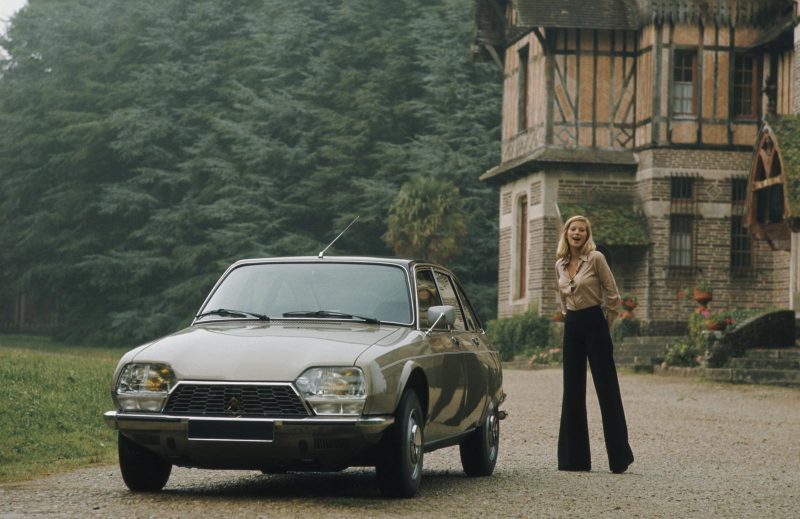
The story of the GS, however, begins back in 1956. The company knew it had been lazy in focusing on the DS, and it was also aware that the DS had become a seriously premium car. Citroën needed something smaller, and so set about designing a new, mid-size car. The first concept was the C10, a bubble car design that ultimately was deemed too radical. This evolved into the C60, which was more closely based on the Ami 6. But again, this design didn’t fit the bill.
In 1963, the GS development moved into Project F phase, which was pretty much ready for production. However, because Citroën could not make a decision about whether to progress the car, it was shelved due to looking a bit too much like rival models from Renault. Frustrating, but there we go.
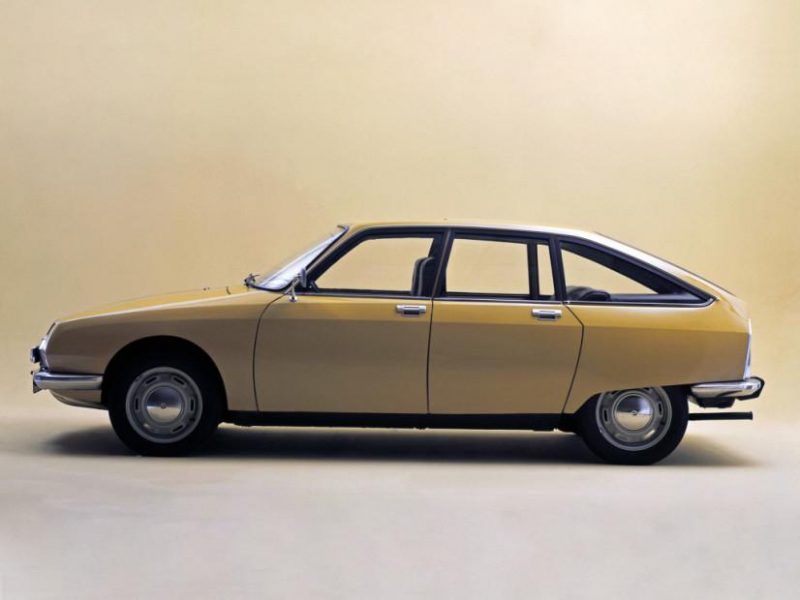
Thankfully, Project F wasn’t a complete loss. A great many of the mechanical components lived on in Project G, and this is the car that would go on to become the GS. Citroën employed Robert Opron, the same man who penned the SM, to design the body. What he came up with was a smooth, clean yet unmistakably Citroën design. Those teardrop lights, the Kammback, the three-window sides, it was all ‘on brand’. Furthermore, due to Opron’s work on the CX (DS replacement) project, the GS embodied the look of the new Citroën family car.
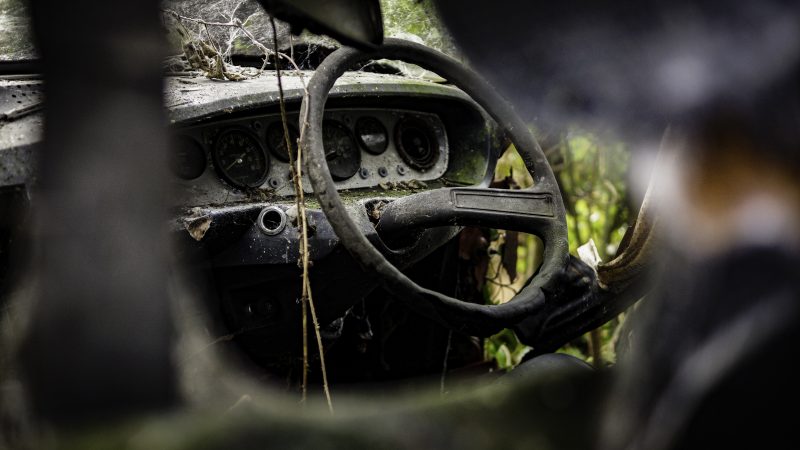
The GS, which was rolled out in 1970, was a brilliantly clever and well thought-out little car. Being a Citroën, it boasted the expected class-leading ride care of the hydro-pneumatic, fully independent suspension. It also had disc brakes at all four corners, which was unheard of for a car of this class. And furthermore, in a nod to the dedication of the engineers, the front brakes were inboard so as to reduce unsprung weight. The interior was spacious and beautifully comfortable and the fit and finish was modern and stylish. It was every bit the car Citroën needed it to be.
Engine-wise, the GS was offered with a number of options of the same flat-four engine. Namely 1,015, 1,129, 1,222 and 1,299cc. These were available with a manual transmission, or Citroën’s clever C-Matic semi-automatic three-speed transmission.
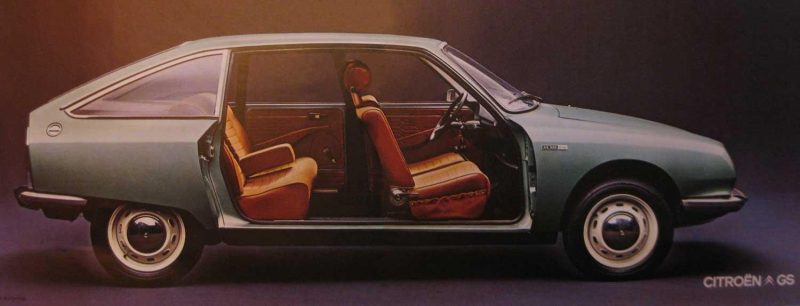
Interestingly, in 1973 there was a rotary version of the GS, known as the GZ. It was powered by a Wankel rotary engine that packed an impressive 106hp. Born out of a partnership between Citroën and NSU by the name of Comotor, the French company had high hopes for the GZ, perceiving it to be the future of engine technology. However, the public were less than interested, and sales were disappointing to say the least. Citroën, embarrassed by the whole thing, actually bought back as many GZ models as it could, as it had no desire to support it for parts. The cars were bought back and scrapped, though some do still exist in private hands.
Despite the controversy of the GZ model, there was no denying the popularity of the GS. It was so good, in fact, that it was awarded the title of European Car of the Year in 1971. Despite some complaints, such as it being a saloon, not a hatch, it was a car that flew out of dealerships at a pleasing rate. So pleasing, in fact, that many have said the GS was the saviour of Citroën. The DS had become too expensive, the company’s complete abandonment of the Wankel project (it had plans beyond the GS) and the pressure of the 1974 oil crisis all pushed Citroën into bankruptcy. Had it not been for the GS, and to a lesser extent, the CX, the Citroën brand might not have been as attractive a prospect for Michelin, who would go on to partner Citroën with Peugeot, creating the PSA Group.
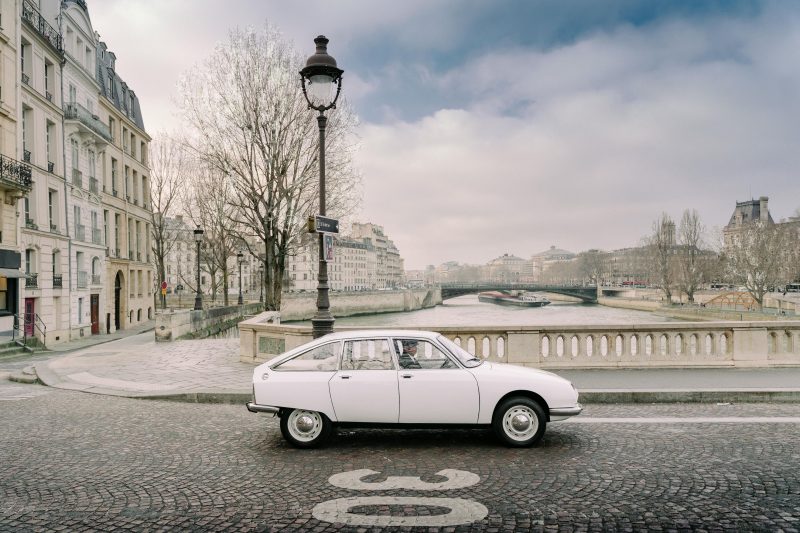
The GS and the facelift (and also hatchback) GSA version of 1979 would go on to sell a combined total of nearly two million units. Combine this with the CX, which was also a highly successful car and you can see why the GS is held in fond regard by so many. It was, much like the DS in 1955, an example of what Citroën could do when it really pushed itself, it was a reminder that, at the time, nobody could build a car quite like Citroën could, and out of nowhere it brought the French fight to the rest of Europe.
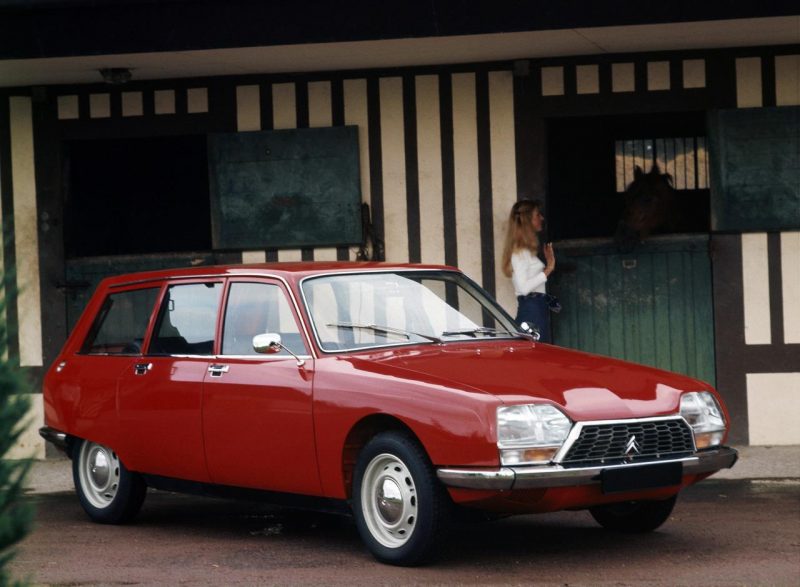
Yet despite its massive success, the GS is a rare sight on our roads today. It’s a rare sight at classic car shows, too. And that’s a shame. If you’re ever offered the chance to get up close and personal with one, do. The GS was ahead of its time, it was a bold statement in terms of forward-thinking designs and it boasted huge technical advances when compared to its peers. It’s a car that is well celebrating, especially now, in the year of its 50th anniversary.

